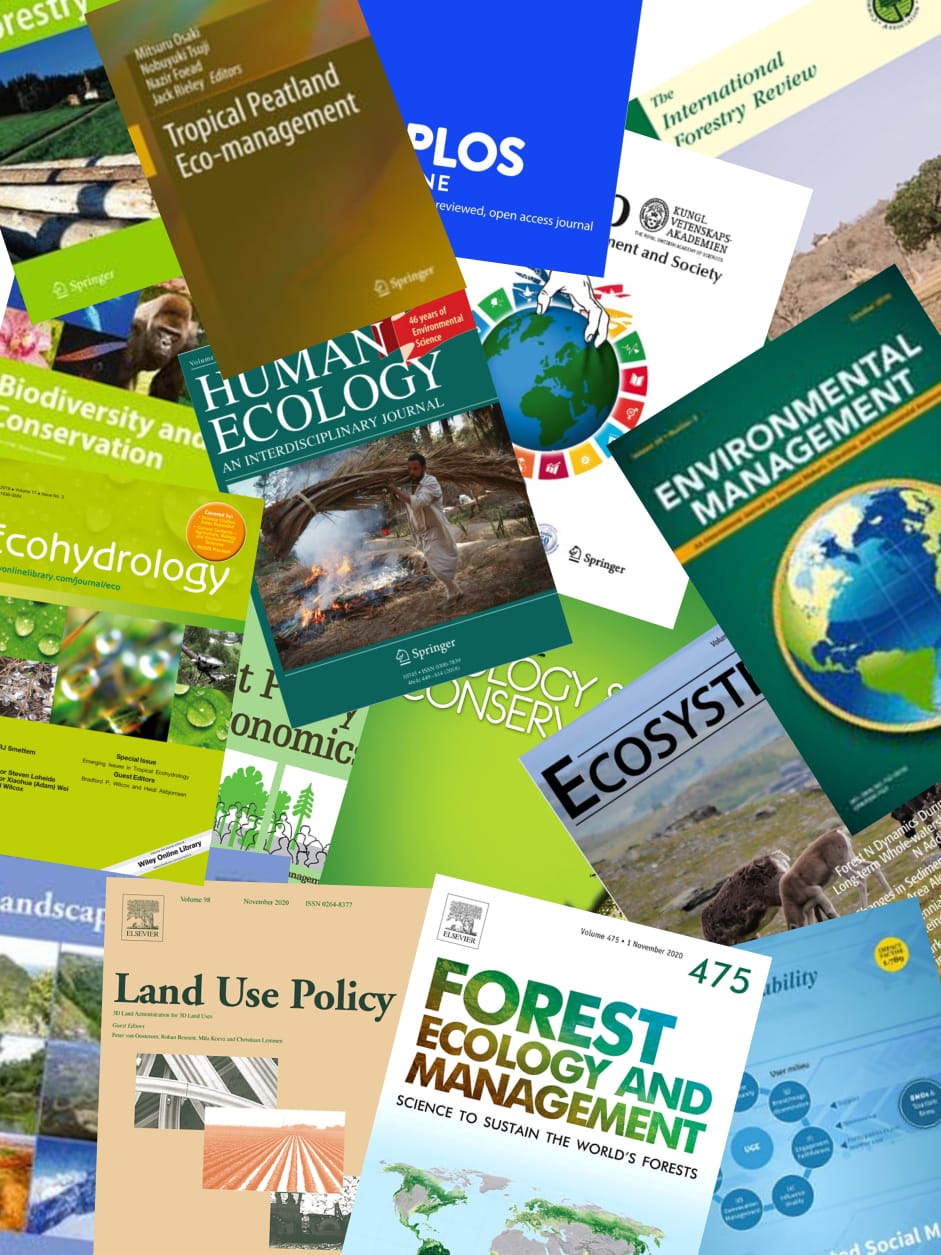The promise of the Clean Development Mechanism (CDM) to deliver its dual objectives is currently under public scrutiny. In land-use, land-use change and forestry (LULUCF) activities through afforestation and reforestation projects, known as A/R CDM, the deliverables that demonstrate sustainable development remain unclear. While the methods to convincingly demonstrate carbon benefits are fine-tuned, there is growing concern on a lack of socio-economic benefits of the projects. With the criteria for sustainable development left with the national approval process, CDM projects in a medium-income country with transparent criteria may be more supportive to the socio-economic targets of CDM than in a low-income country without further specifications. At national scale, priority areas can be identified on the basis of publicly available data on land cover and the human development index (HDI). In a case study for Indonesia we found that population density between a lower and upper limit, and risks of fire incidence are socio-economic indicators which could further guide choices within the domain of technically eligible lands (without forest cover in 1990). Within the 302 districts across Indonesia covering a land area of around 193 million ha, the eligibility criteria based on the Marrakesh Accord (later called hard" criteria) identified 47 million ha of land. With additional (later called "soft") criteria of a population density between 10 and 100 persons km-2 and a below-average HDI, 17.3 million ha of eligible lands distributed over 53 districts were prioritized. Differences in fire risk lead to a further stratification of clusters of similarity within this priority domain, with CDM possible at high as well as low fire risk, but requiring different types of project. By grouping districts in clusters of overall similarity of land cover, three main clusters with 7.9, 0.7 and 3.7 Mha of prioritized eligible lands were identified where pilot activities for CDM may be implemented with higher probability of development benefits and extrapolation potential. © 2008 Elsevier B.V. All rights reserved."
View source

